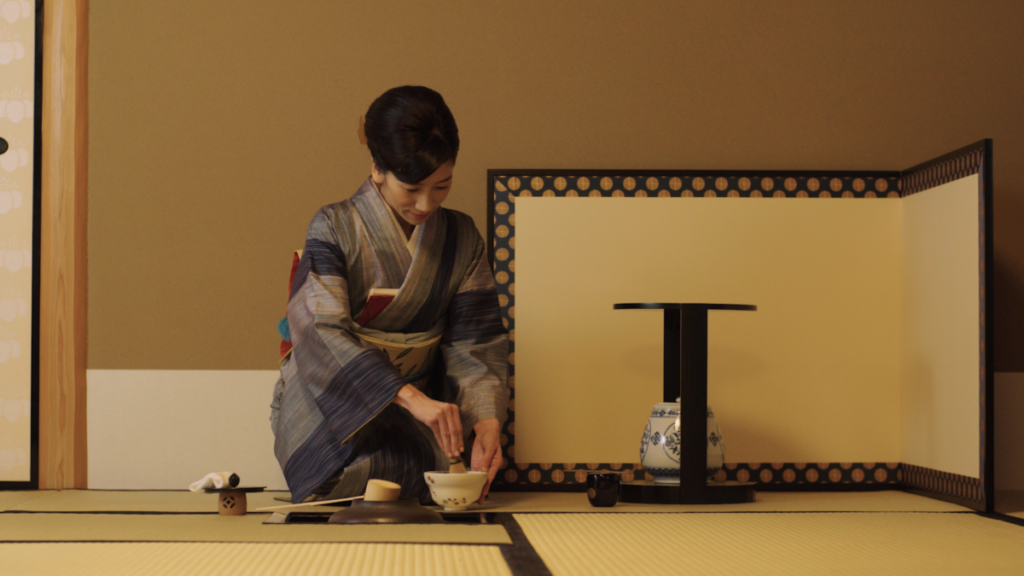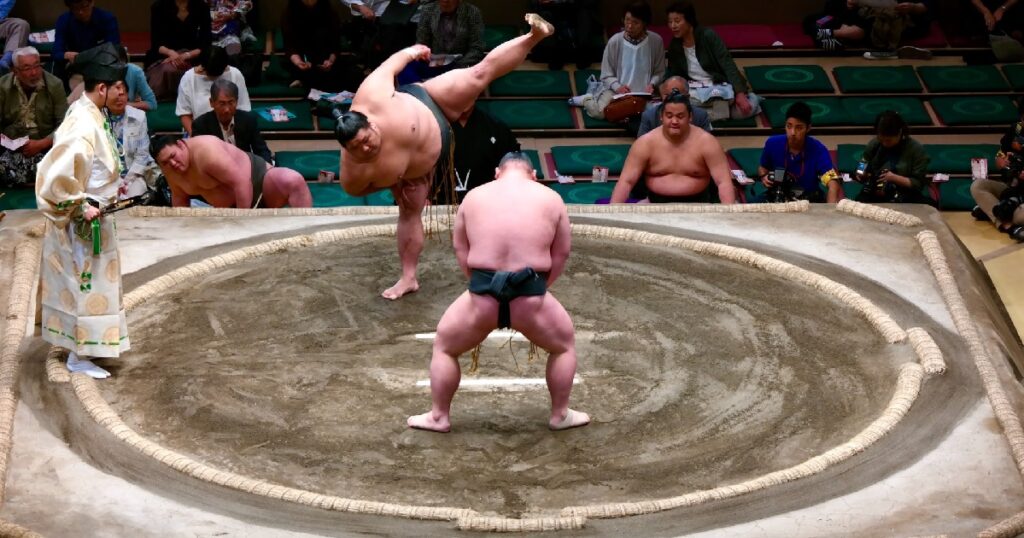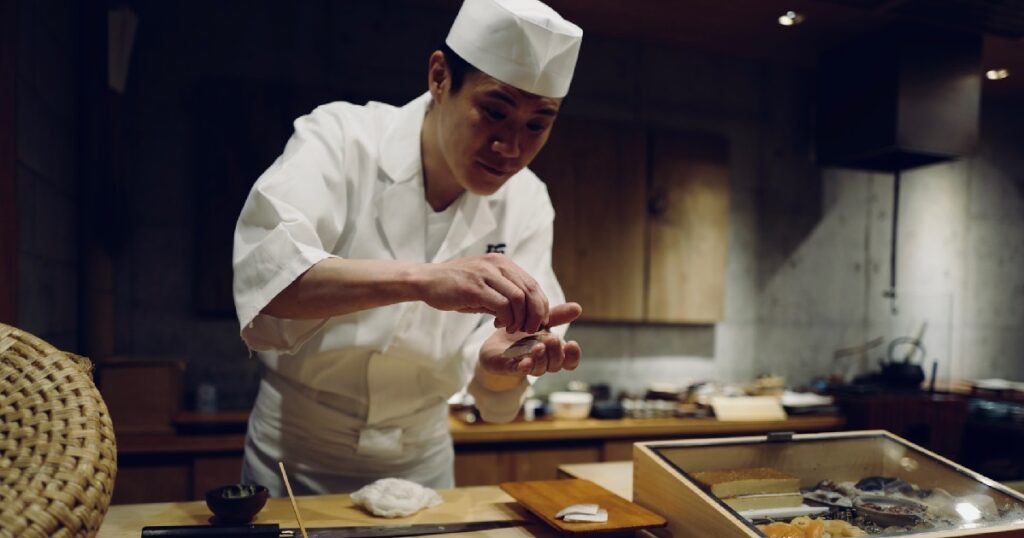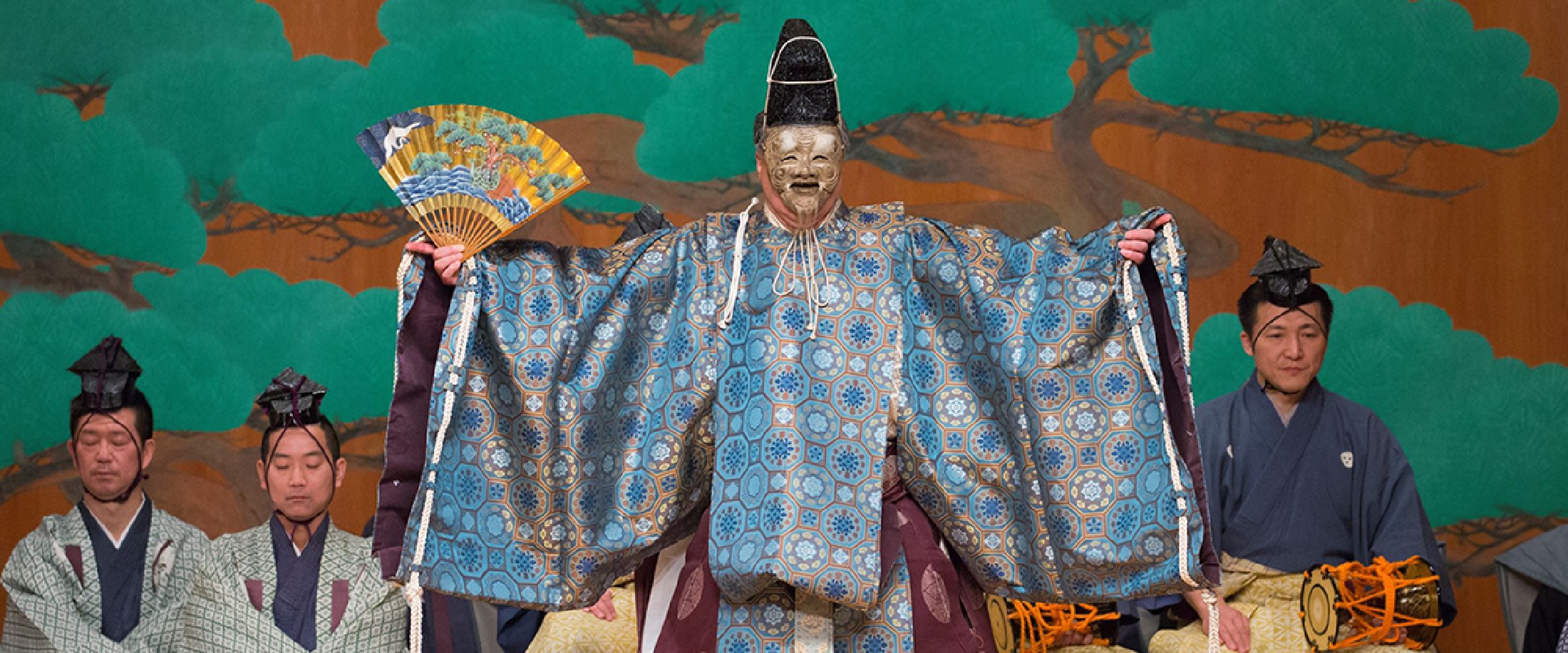Traditional Tea Ceremony
A Japanese tea ceremony is a meditative practice that serves as a reminder for participants to calm their minds, focus on the present moment, and appreciate the details. It stands as one of Japan’s cultural traditions.
Dating back over 1,000 years and heavily influenced by Zen principles, the tea ceremony involves the ritual preparation and serving of matcha, a thick, rich-tasting green tea. It is often accompanied by traditional sweets to balance the bitter taste.
The emphasis of the ceremony lies not in the act of drinking itself but in the meticulous process and preparation. Every movement is choreographed with precision, and even the seating arrangement is carefully considered. Consequently, there are numerous etiquette guidelines to be mindful of, and an instructor or guide will assist you in understanding the many subtleties involved.
The tea ceremony transforms the simple task of preparing a drink for a guest into an art form—an intricate series of movements performed in a strict order, appreciated by the recipient. In essence, the tea ceremony, or "way of tea" as it is directly translated, mirrors the Japanese traditional concept of omotenashi, signifying the wholehearted care and hospitality extended to guests.

Visiting Sumo Stable
Sumo is a national obsession in Japan and a remarkable spectacle for any visitor. It is a sport with a history that stretches back to ancient times, remaining true to its rituals.
From the traditionally coiffed knots that mark a professional wrestler to his mawashi loincloth, the sacred clay ring, the colorfully attired judges, and the ritual of throwing purifying salt on the ground before the wrestlers engage in combat, this sport is unlike any other.
Visitors have the opportunity to observe wrestlers practicing their moves, building their physical fitness and strength under the watchful eye of the stable master—usually a retired wrestler—and some of his trusted senior wrestlers. In the heat of the summer months, the wrestlers drip with sweat. In the depths of winter, their exertions create steam, causing the windows to fog over.

Sushi Making Experience
Sushi is arguably the most widely recognized Japanese food, and its popularity has surged globally.
The global expansion of this iconic dish has given rise to several misconceptions about sushi. One common misbelief is associating sushi solely with "raw fish." While raw fish is a prevalent component now, the story of sushi goes beyond this misconception.
The term "sushi" is a combination of the words "su" and "meshi," which translate to vinegar and rice in English. Sushi specifically refers to the slightly sweet, vinegared rice, often referred to as shari, combined with a garnish or neta of seafood, egg, or vegetables—either raw or cooked.
Sushi is an art form, and for those captivated by its minimalist elegance, any opportunity to engage in this art is one to seize.
Guided by experienced sushi chefs, participants not only delve into the history of sushi but also learn the proper methods to appreciate and consume it. The course includes hands-on experience in crafting two types of temaki and six varieties of nigiri, using fresh, seasonal fish.
The curriculum encompasses a specialized lesson in the meticulous skill of preparing sushi rice. Alongside cutting techniques and rice assembly, participants gain an understanding of and learn to prepare fresh wasabi from raw roots.
Following the instructional session, participants have the chance to sit down with the guiding sushi chef and savor the sushi they've prepared.
This experience provides a transformative opportunity to explore the art of sushi from the perspective behind the counter.

Ikebana – Japanese Art of Flower Arrangement
The Japanese art of flower arrangement, known as Ikebana or Kadō, is considered one of Japan's traditional arts. It is characterized by the Japanese expression "wabi-sabi," a term that conveys connotations of minimalism, austerity, imperfections, and the transience of life.
Ikebana involves the integration of various elements—flowers, plants, vases, and space—to create a captivating display of temporary art.
There are over 300 different styles of arrangement, with the three main schools being Ikenobo, Sogetsu, and Ohara.
Ikenobo, the oldest school, seeks to evoke a natural landscape or the growth of a plant. Sogetsu, a more free-form style originating in the 1920s, allows for the free combination of materials in unique and dynamic ways, meant to complement and integrate into any space. Ohara encompasses many distinctive styles, ranging from the basic Hana-isho to the Hanamai, which explores three-dimensional interactions.

